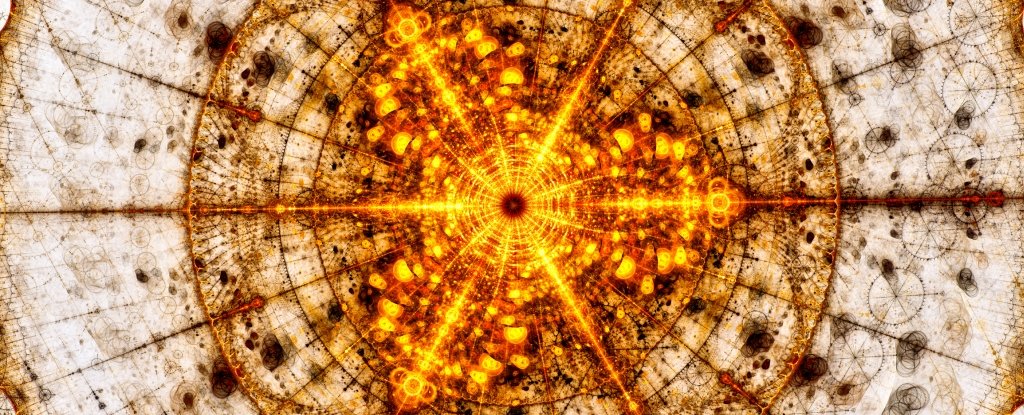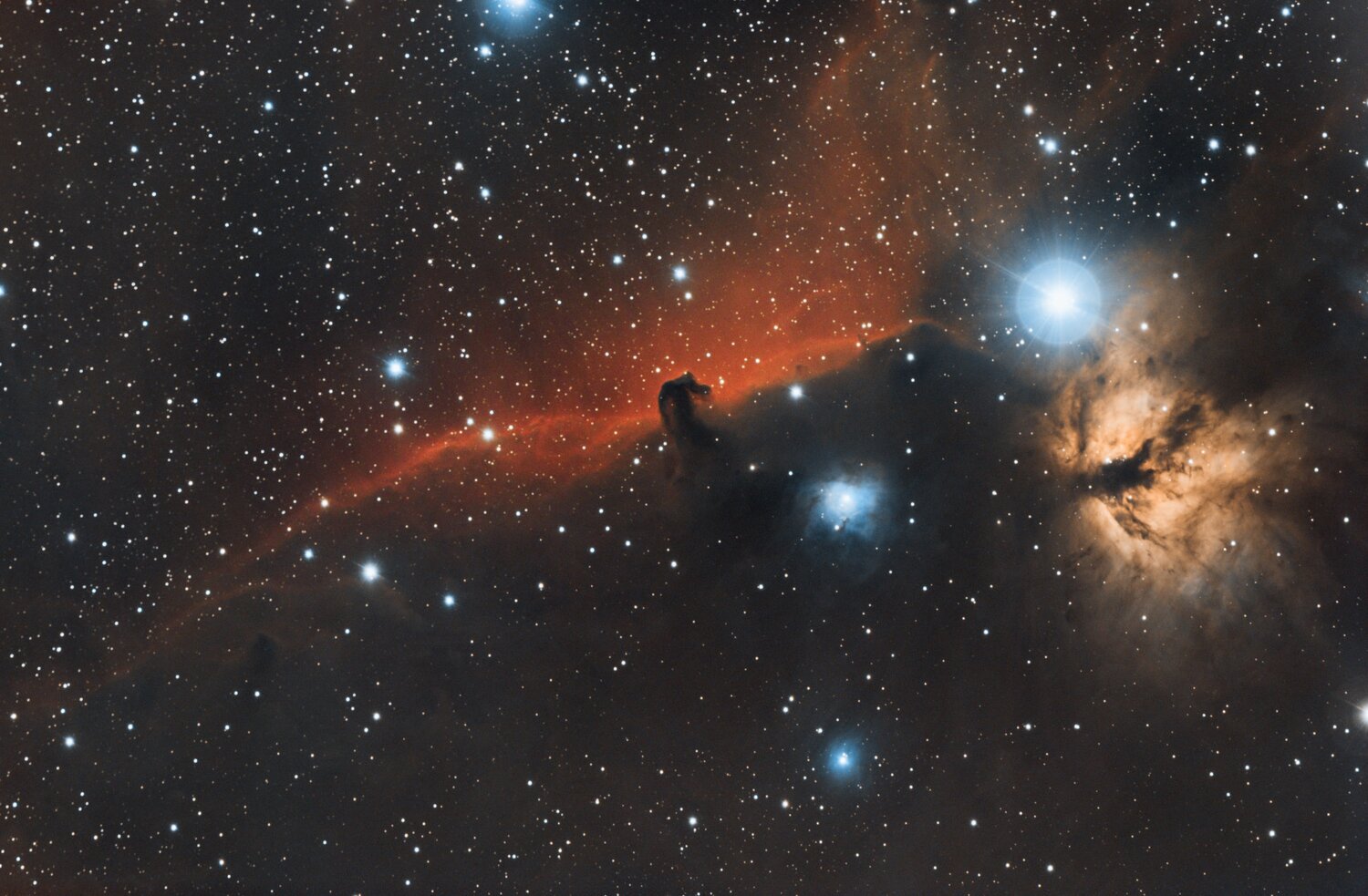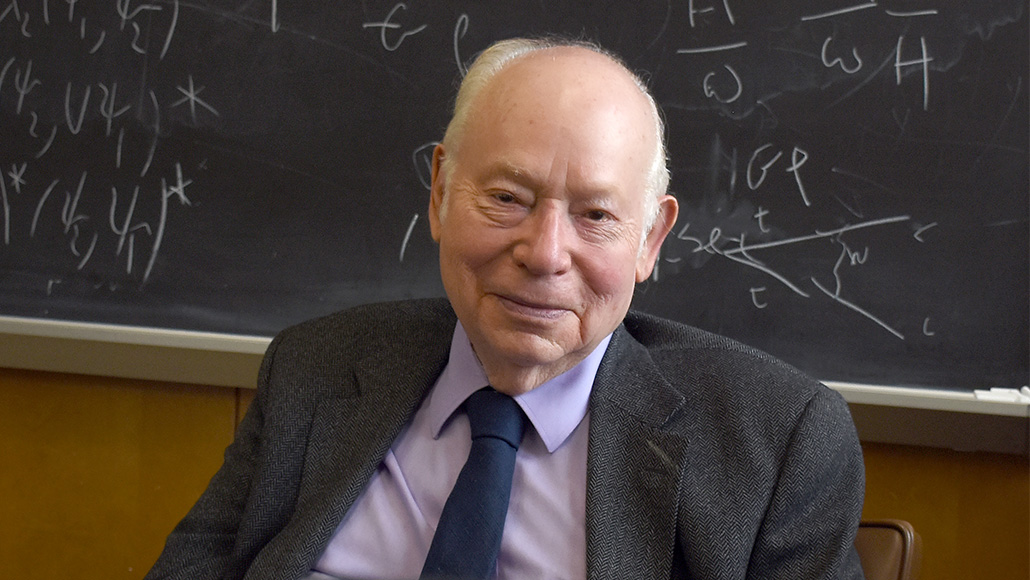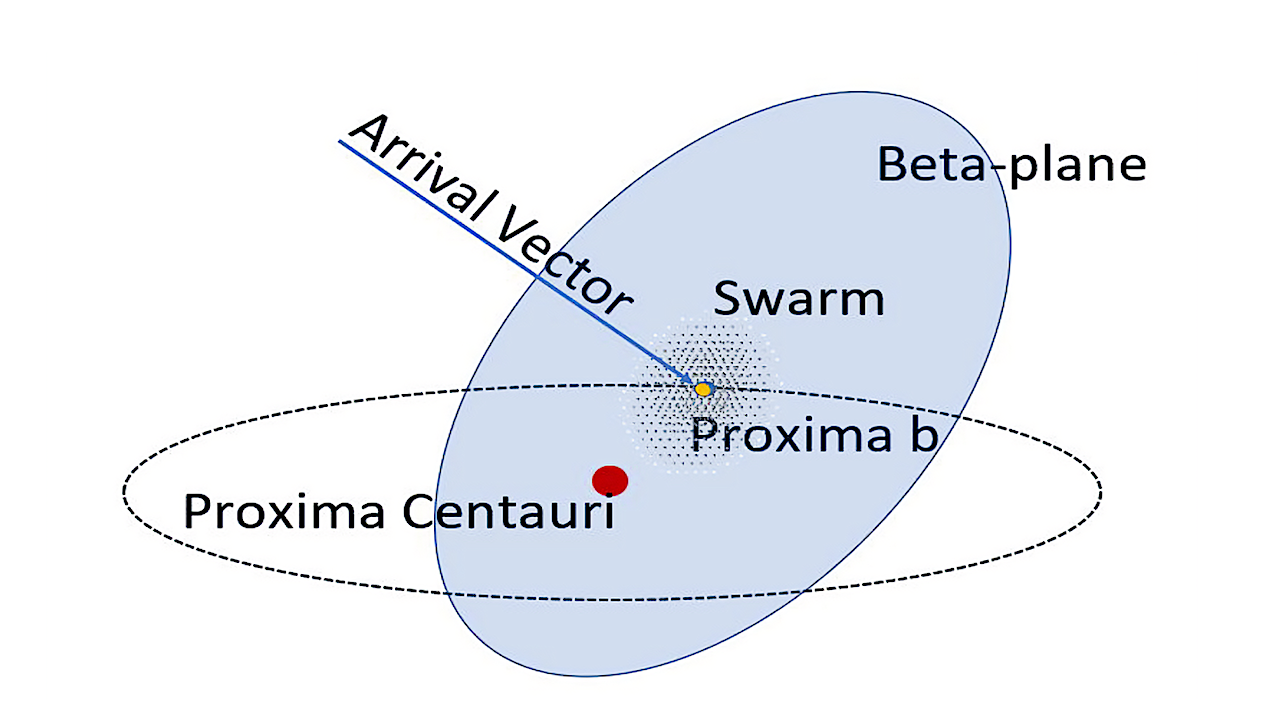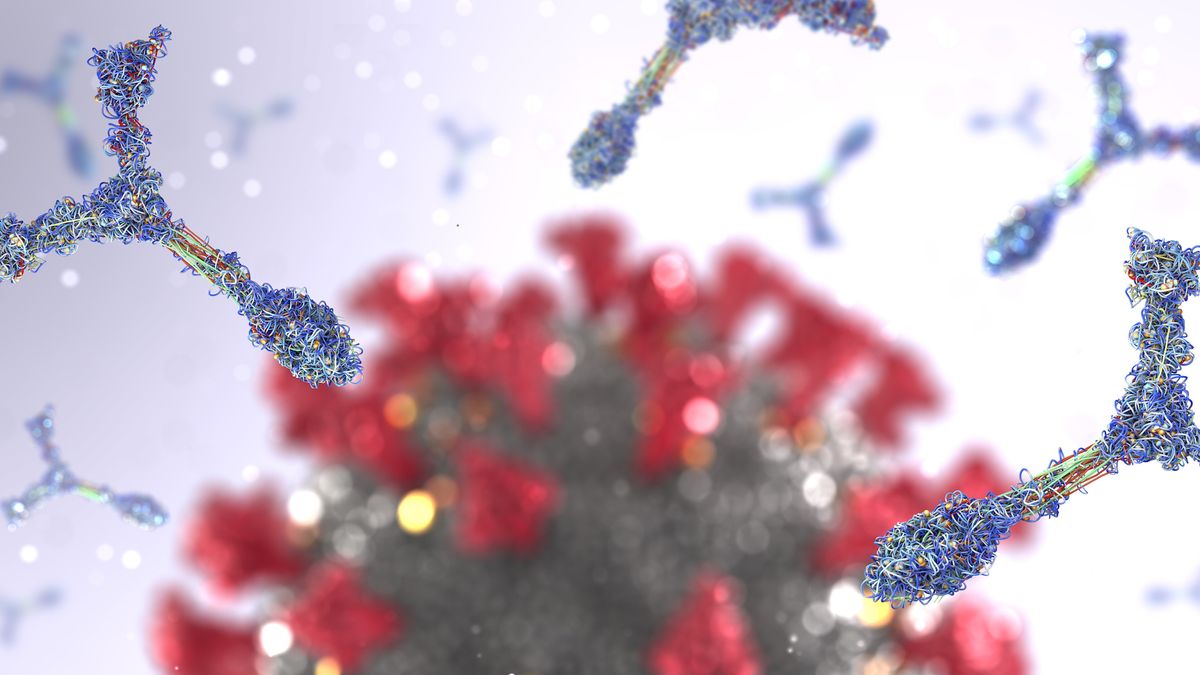
New particle at last! Physicists detect the first “glueball”
When it comes to the Standard Model of particle physics, most people incorrectly assume that it’s known, it’s correct, and that there are no more open questions about its validity. While the Standard Model has certainly withstood every challenge that’s been thrown at it by way of direct detection experiments, there are still a whole slew of questions that have yet to be answered. Although the matter that makes us up is composed of atoms, which are made of protons, neutrons, and electrons, and where the protons and neutrons are made up of three quarks apiece — all held together by gluons through the strong interaction — that’s not the only possible way to have bound states of matter.
In theory, at least according to quantum chromodynamics (our theory of the strong nuclear force), there should be multiple ways to make a bound state of quarks, antiquarks, and/or gluons alone.
In a radical new paper just published in the journal Physical Review Letters, the BES III collaboration just announced that an exotic particle, previously identified as the X(2370), may indeed be the lightest glueball predicted by the Standard Model. Here’s the science of the claim, as well as what it all means.



